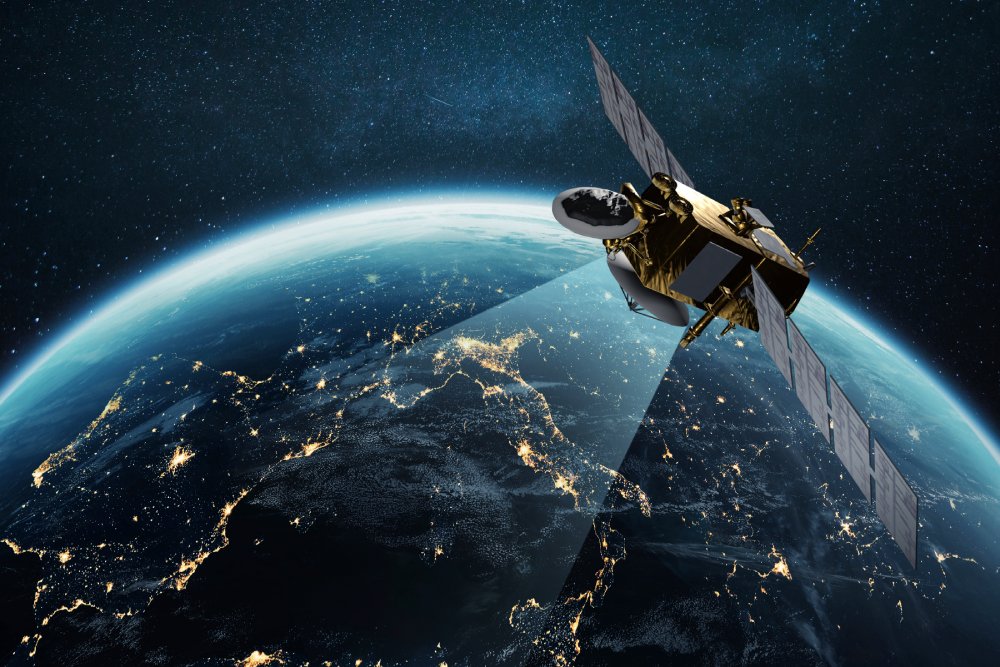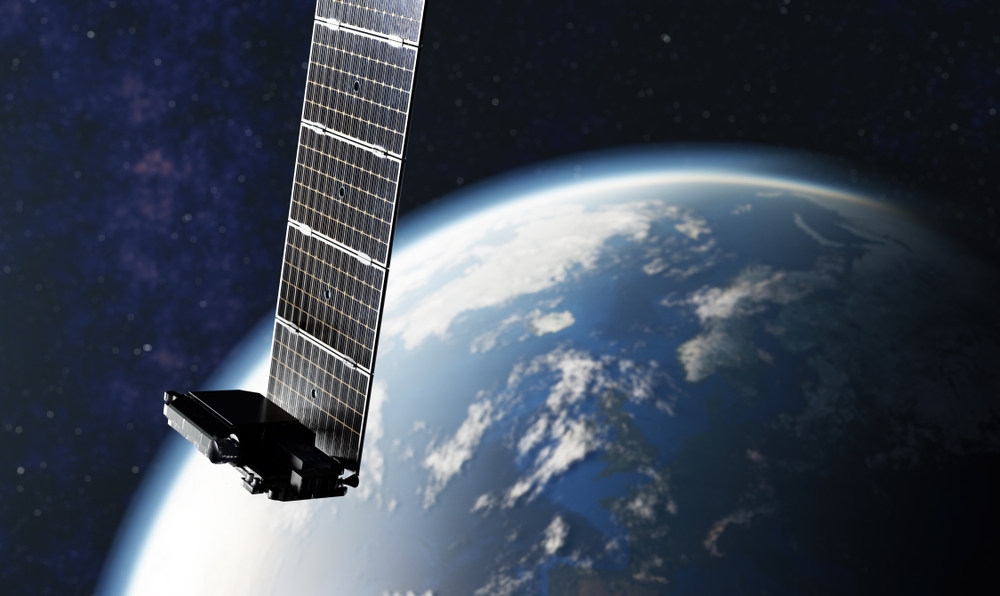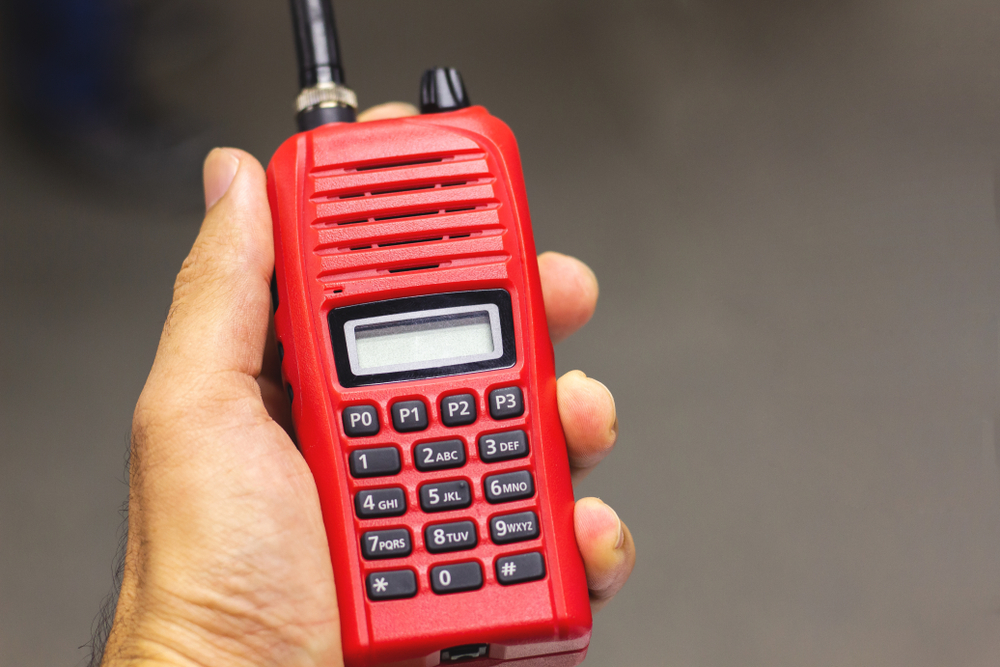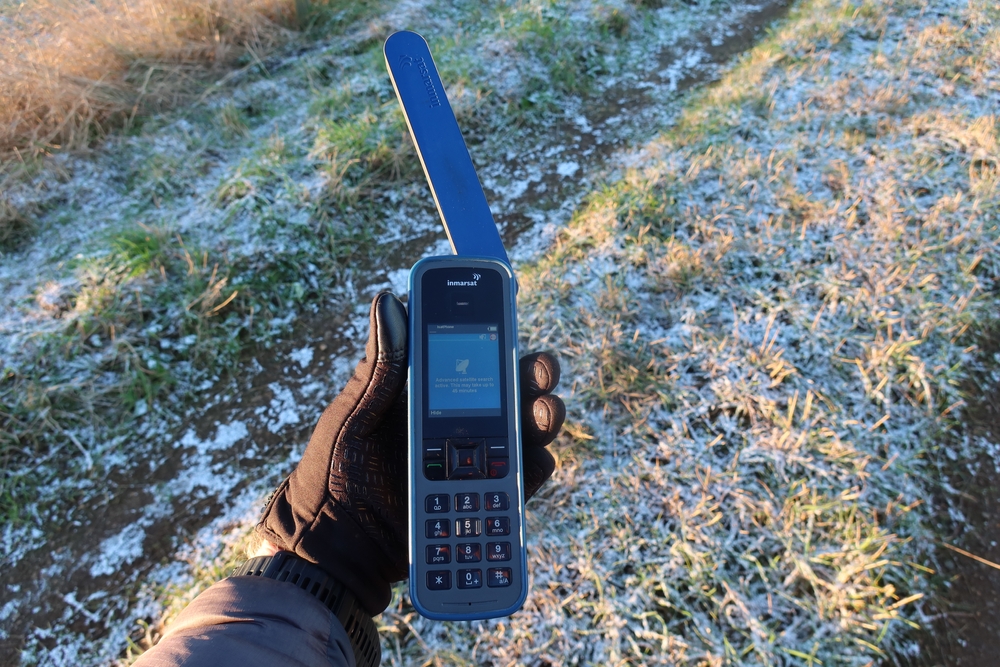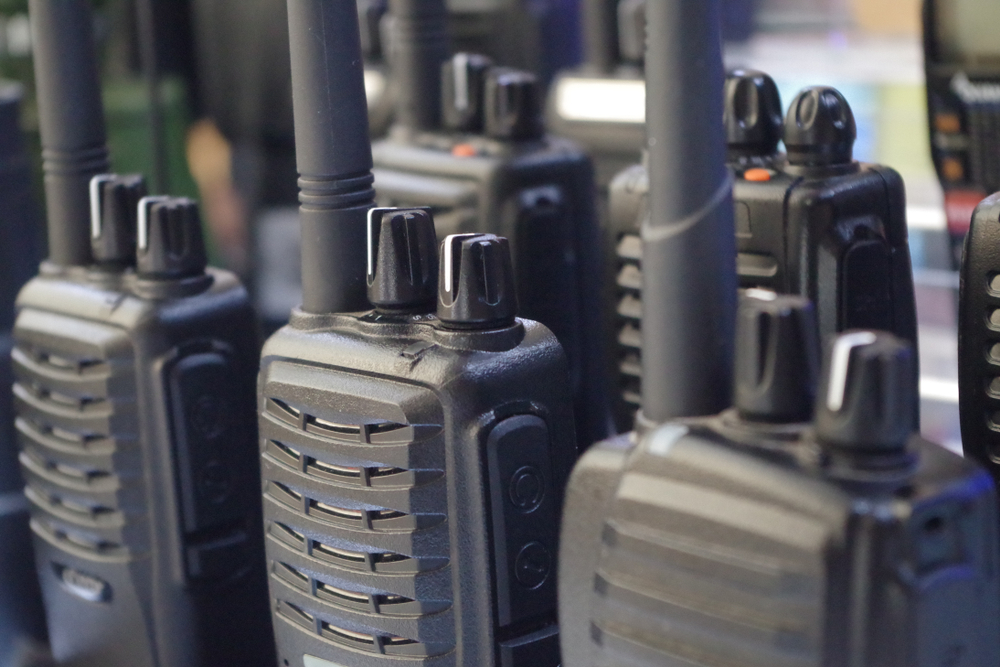If you’re looking for the best business satellite internet services on the market today, you’ve likely heard of Starlink and the Starlink Global Priority business solution. Business Starlink is designed to meet the needs of organizations of any kind, including in remote and offshore locations. Clients tend to have a few common questions about Starlink Global Priority business solutions, and many of them revolve around data caps and overage policies.
At International Satellite Services, we’re here to offer Starlink Global Priority business solutions to a variety of organizations, large and small, with flexible plans and packages to meet your every need. Here are some basics on how Starlink business data caps, priority data and overage policies work, helping ensure that your business and employees are always covered no matter where you are.
Priority Data and Data Caps
While past iterations of Starlink included completely unlimited data plans, this is no longer the case today. Rather, the concept of Priority data plans now carries the day.
Within this setup, a typical Starlink business plan might come with data ranges between 50GB and 2TB. Up to that 2TB range, users will get access to faster speeds that allow them to tackle more data-heavy projects. Beyond that, however, speeds will be throttled as the priority data runs out – often to speeds as low as 5-10 Mbps, which makes streaming or gaming difficult.
This is the default setup for Starlink Global Priority business packages – but it’s not the only option.
Purchasing Additional Priority Data
Luckily for businesses that have variable data needs or run other risks of exceeding their Priority data limits, a different option exists: purchasing additional Priority data packages. Typically for prices around $0.25/GB, businesses can purchase “top-up” Priority data packages, which supplement the standard allotment of Priority data.
This is especially useful for businesses that may not have a steady or predictable need for high-speed data, but still want to ensure their connectivity isn’t throttled when it’s needed most. It also allows businesses to better manage and budget their internet expenses, as they can choose to only purchase additional Priority data when necessary.
However, these top-ups can get expensive quickly if they aren’t controlled. That’s why it’s important to take stock of data usage and purchase the best initial Priority plan – which we’ll go over below.
Tracking and Limiting Data Usage
As we noted above, the ideal approach to using Starlink satellite internet for your business is to ensure you have the proper plan for your data usage needs. This will help you avoid unnecessary costs and keep your budget in check.
But how do you track and limit your data usage? Here are a few tips:
- Set up alerts: Most internet service providers, including Starlink, allow customers to set up notifications for when they reach a certain percentage of their data usage. These alerts can help you stay on top of your usage and make necessary adjustments before surpassing your plan’s limits.
- Monitor device usage: Keep an eye on which devices are using the most data. Certain activities, like video streaming or large file downloads, can use up a lot of data quickly. Consider limiting these activities to designated devices or times.
- Optimize settings: Many devices have settings that can help reduce data usage, such as turning off automatic app updates or disabling high-quality video streaming. Take some time to explore your device’s settings and see if there are any options that can help conserve data.
- Utilize Wi-Fi: Whenever possible, connect to a secure Wi-Fi network to avoid using cellular data. This is especially important for larger downloads or activities like video conferencing.
Value of Working With a Top Provider
When you work with a partner like International Satellite Services to facilitate your Starlink Global Priority business solutions, you have access to some of the most advanced technology and network resources in the industry. Not only will you get great service, you’ll be working with experts who can help you hone in on the ideal data plan and avoid overages.
Our team at International Satellite Services is dedicated to providing top-notch customer service and support, ensuring that your business needs are always met with the most efficient and effective solutions. Our partnership with Starlink Global Priority allows us to offer competitive pricing, flexible data plans, and reliable connectivity options for businesses of all sizes.
Contact us today to learn more!

